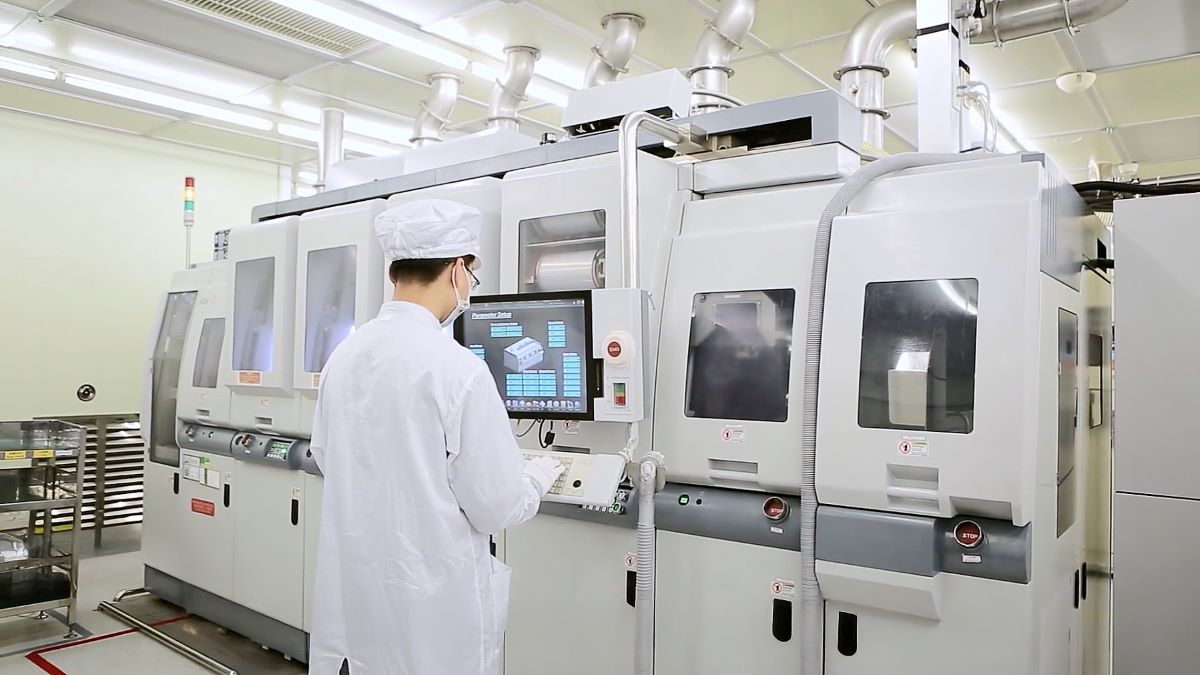More Isn’t Always Better: Rethinking Memory Choices for Modern Workloads
Jun 10, 2025

What cloud taught us about memory-per-core — and how AMD EPYC™ CPUs bring that flexibility to your data center.
Enterprises securing servers for data center operations may approach memory with a simple mindset: more is better. But as workloads grow more complex and systems scale into the hundreds of cores per socket — and the cost of overprovisioning climbs — it’s time to reframe the conversation.
Instead of thinking in terms of total memory, many organizations are asking: how much memory per core do I really need?
The AMD EPYC™ 9004 and 9005 series platform is uniquely designed to help answer that question, with support for 12 memory channels offering unmatched memory channel flexibility to right-size your infrastructure for performance, cost, and power.
The Memory Myth: Why Total Capacity Doesn’t Tell the Whole Story
Memory is critical to performance, but blindly maxing out DIMM slots can lead to wasted budget and minimal performance gains.
While too little memory can lead to stability and performance issues, too much can mean paying for capacity you don't use. Compounding the problem, memory pricing isn't linear — 128GB DIMMs, for instance, can cost 3 to 4 times more per GB than 64GB or 96GB modules.
To make smarter decisions, organizations should look at memory in terms of memory per core. Different workloads have different memory needs. From AI and EDA to VDI and analytics, your sweet spot isn’t "as much as possible" – it’s what’s right for your workload.
1DPC vs. 2DPC: The Quiet Tradeoff That Affects Your Bottom Line
Another key consideration is how many DIMMs you place per memory channel. One DIMM per channel (1DPC) configurations help maintain optimal speed and performance. Two DIMMs per channel (2DPC) can enable more capacity — but often at the cost of performance due to signal interference and electrical complexity that result in reduced memory bandwidth per channel, compared to 1DPC.
AMD EPYC 9004 and 9005 series processors offer up to 12 memory channels per socket. This high baseline of bandwidth means you can often hit both your memory bandwidth, and capacity targets using 1DPC configurations, avoiding the compromises of 2DPC altogether. That can translate to lower power, better stability, and fewer expensive DIMMs.
The AMD EPYC Advantage: Designed for Flexibility
With 12 memory channels per CPU, AMD EPYC 9004 and 9005 series platforms provide more ways to match memory capacity to workload needs:
- Higher capacity at 1DPC, reducing need for expensive, high-capacity DIMMs
- Greater memory population flexibility with up to 24 DIMM slots in a dual-socket system, and the choice from 7 different memory channel configuration options.
- Support for up to 3TB of memory using standard DIMMs, without stepping into exotic memory classes
This flexibility allows you to scale more intelligently. Rather than being locked into high-cost, low-efficiency memory configurations, EPYC lets you tune your environment to your workloads.
A great analogy comes from the public cloud: customers select instance types based on CPU and memory ratios, such as 2GB, 4GB, or 8GB per vCPU. That same logic can apply to on-prem servers. AMD EPYC makes it easy to size systems in this same balanced, cost-effective way.
More Channels, More Control
Competing platforms often provide only eight memory channels per CPU, which could require 2DPC configurations just to hit target capacities if over 8 channels. This typically increases the overall system cost versus a 1DPC system, and can limit bandwidth and reduce efficiency.
The AMD EPYC 9004 and 9005 series platforms support 12 channels and enable higher memory bandwidth than the 8-channel competing platforms, letting you reach capacity goals without performance penalties. AMD architecture has always been at the tip of the spear in terms of memory speeds. As DDR5 speeds continue to increase, AMD architecture will remain a future-ready foundation for high-performance workloads.
Whether you're supporting AI inference, running large-scale VMs, or building composable infrastructure, AMD gives you the freedom to prioritize what matters: performance, cost-efficiency, or both.
Smart Memory Starts with Smart Configuration
Modern workloads demand modern thinking. The "just throw more memory at it" approach no longer makes financial or technical sense. Whether you're running AI inference at scale or managing enterprise VMs, the right memory-per-core ratio is what truly matters.
AMD EPYC 9004 and 9005 series processors give you the flexibility to tailor configurations to your specific workload needs — without overbuilding or overspending. With 12 memory channels, support for standard DIMMs, and the relatively efficient performance at 1DPC vs 2DPC, it's the smart way to right-size your infrastructure.
Talk to AMD to explore the ideal memory configuration for your environment.









